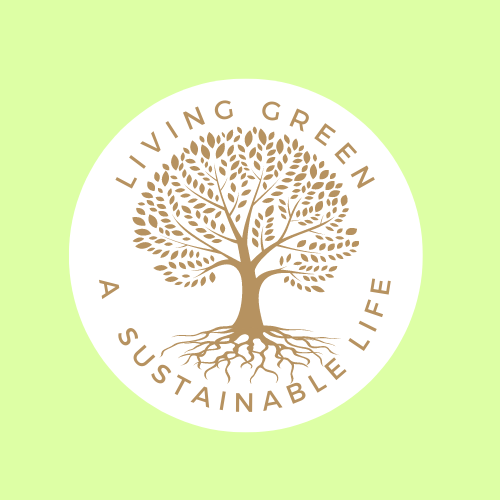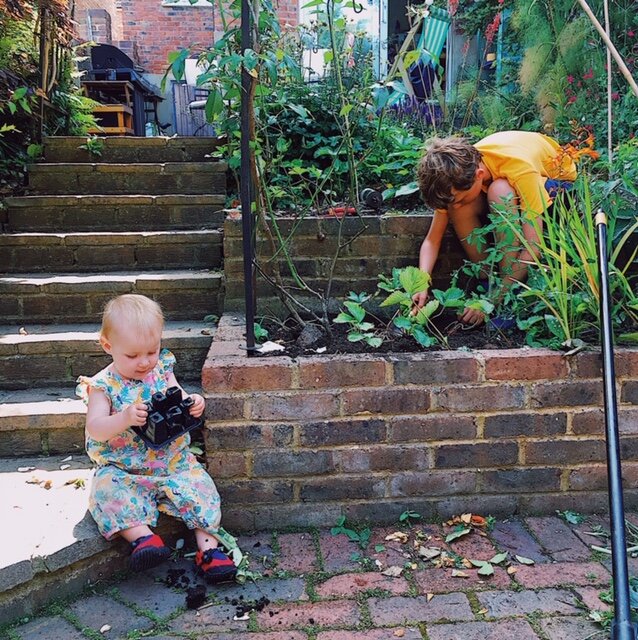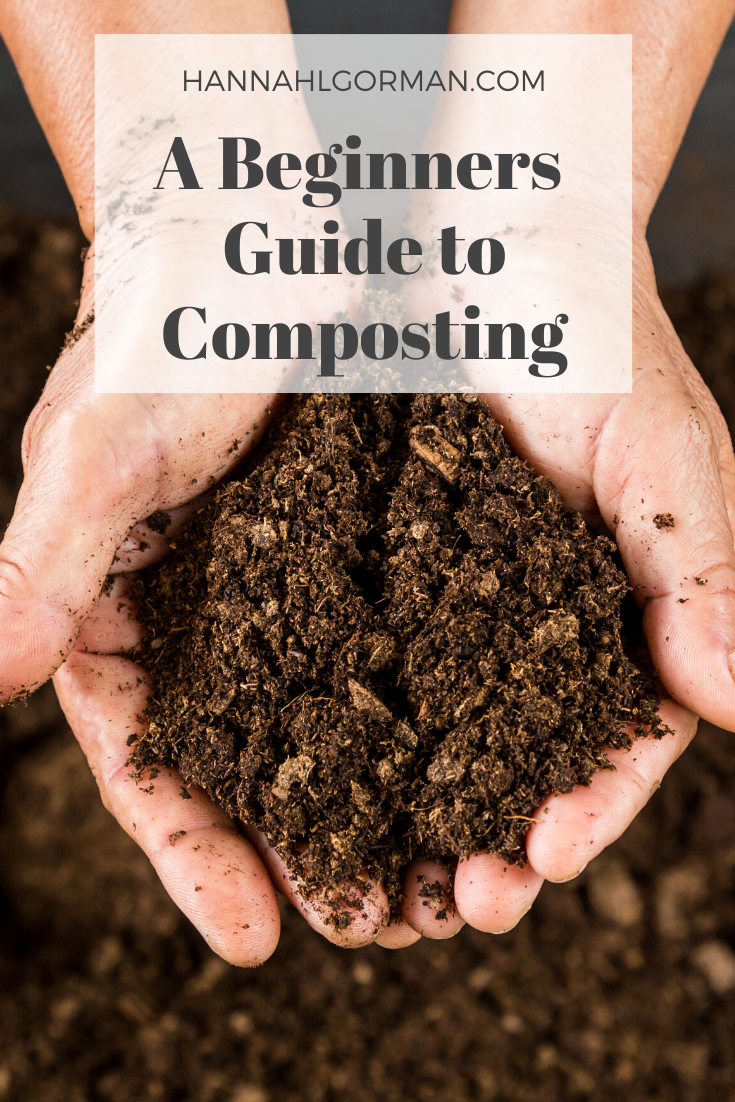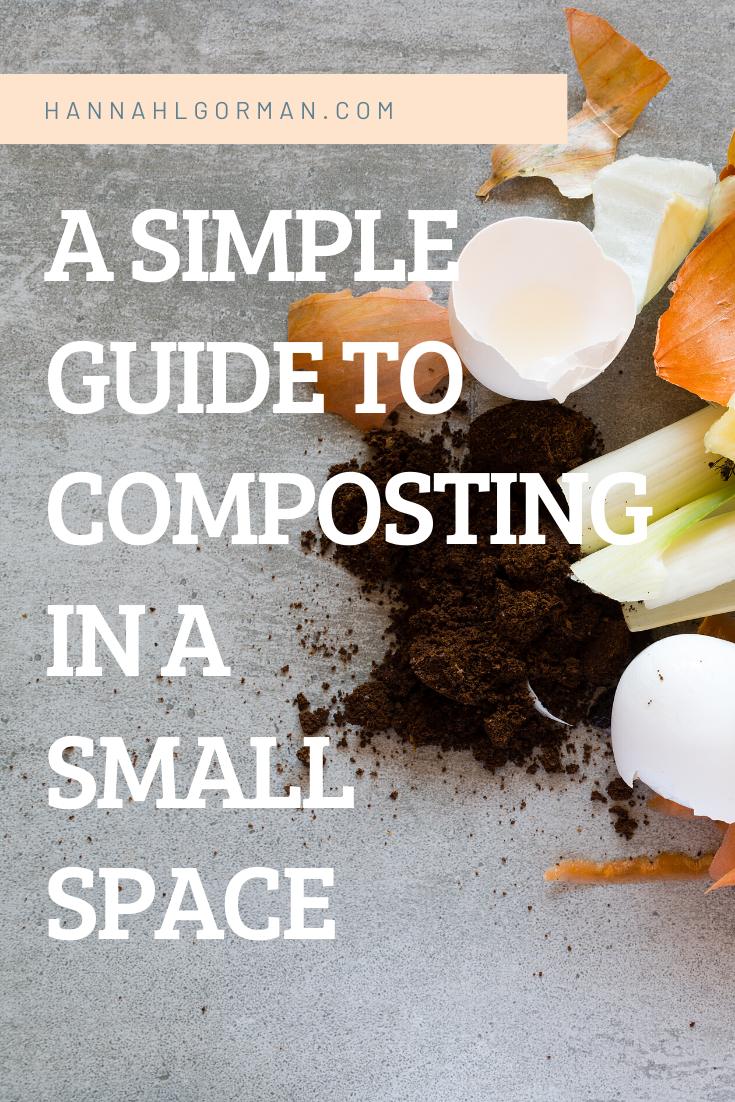A Beginners Guide to Composting. Composting with Minimal Space.
Happy International Compost Awareness Week. Bet you’ve been looking forward to it? No?
Okay so you probably weren’t even aware it was ICAW unless your a massive compost geek like me (who by the way asked for a compost bin one Christmas) and your ears pick up when you hear the word compost.
Bet your now wondering if someone actually agreed to buy me a compost bin for Christmas, because my partner definitely told me that wasn’t a present. Don’t worry my Mum brought me two. She understands.
So you’ve been thinking it’s probably a good idea to get a compost bin to help you kitchen waste, do something good with all your scraps but you’ve no idea where to start, what should and shouldn’t go in the thing and now your wondering how on earth someone can get so excited about it and asking for composting gifts. It’s cool, I’ve got all the answers…..
A beginners guide to starting your own compost bin with minimal space.
Pin me for later….
Why start composting in the first place?
We all know that having plants in a garden is a good way to help the environment. Flowers will attract bees, trees with help soak up some of that carbon in the air. But what about the soil in your garden? Have you ever considered the fact that the soil could be the most important element of all? A habitat for all the things that keep our environment alive and well. Ever considered that nature has perfected how to keep our soil environment in tip top shape? Of course she has.
When we bring food into our house any scrapes we have left over are often destined to end up in landfill rather than to naturally break back down and provide food for the insects outside and that all important habitat. When an organic material breaks back down into soil it is often referred to as “black gold” because it is so nutrient rich. Natures way of feeding itself the best food. So why would we want to throw this away?
You might be thinking, well if it goes to landfill surely it will just break down in the land there? What the difference? Well actually there a massive difference because landfills are designed to store our rubbish rather than break down. Sounds mad doesn’t it but this is the case. Our rubbish will still however start to decay in it’s own way, so rather than producing that “black gold” it will produce methane. Methane I’m sure you all know is bad news. Our landfills are the 3rd biggest producers of human made methane and are contributing to green house gas emissions. Ergo lets send as little as we possibly can to landfill and if that means getting some lovely soil back into our gardens win win.
Composting is extremely cost effective.
It takes next to nothing to do but if your a gardener seasoned or not, it’s going to save you a ton of money because we need nutrient rich soil to plant with and spread on our garden if we want to grow anything. Buying the stuff can be expensive, and heavy. If your tried lugging bags on compost into and out of your car then you’ll know. I desperately wanted compost at 8 months pregnant once. Obviously couldn’t wait till my partner was home at the weekend, so had to sweetly ask strangers for help. To avoid such madness just start composting now.
Get yourself a compost bin, any size whatever you can fit in your garden/any outside space.
Before you start see if there’s any council schemes that will give you a free compost bin. Our council, unlike some do not collect compost and we have to pay for our garden waste to be collected but they do offer us free compost bins. It’s cost effective for them because its less waste for them to dispose of, which is an expensive business believe it or not.
The most common compost bin (which I have in my garden) although not the prettiest are the Darlac looking ones. These have worked extremely well for me over the past few years and for my Mum for many more years. Mine are made from recycled plastic so that’s always worth looking out for. You can buy these from any hardware store or local garden center. Evergreener.com have a good selection.
Alternatively you could make a compost heap like my Mum and Dad have done on their allotment from old palettes or whatever you’ve got. This is a good option if you’ve got a small space and want to make the most of it because you could build it perfectly in.
Get two compost bins.
If you can fit them in I recommend having two compost bins. I fill one for a year and then let it rot for a year while I fill the second. When it’s done I simple lift the entire bin up and shake out all the compost. I then spread this over the garden and save some for potting.
If you only have one bin you can use the hatch at the bottom of the bin and dig out the good stuff from the bottom, then let the top keep on rotting. This is fine and totally doable but its easiest to let it rot for a year and empty the whole thing at once.
Get your head around what you can and can’t compost in a standard compost bin.
Have a mix of Green and brown compost.
To make good compost you need to have a mix of green and brown matter. Put simply green matter is things like your kitchen scraps, veg peeling, coffee grounds etc, things that are wet as they break down, this is all rich in nitrogen. Brown matter is essentially the brown, drier stuff, rich in carbon. Cardboard, loo rolls, egg cartons, small twigs and leaves.
You’ll need roughly 4:1 ratio. Four parts brown matter to one part green to make good compost. However I wouldn’t worry your head too much about the ratios. It’s just something to keep in mind. If your compost is looking very wet then add more some cardboard. I tend to just add loo rolls, egg carton and bits from the garden unless I feel it needs extra.
Get a compost kitchen caddy.
This of course could be an old tupperware box, anything to fill up with scraps, until you take it out. It will save you having to go out to the garden with you scraps every five minutes. However as it sits on the kitchen counter all year round I like to have something pretty to fill. I brought this one around 4 years ago and it’s still going strong.
How do you know when your compost is ready.
Like I said for above I fill a bin for a year, then let it rot for a year. This process works well for us, but if your watching your compost bin and want to know what it should look like when it ready look for these points. Your compost should have reduce by amount 50%. It will have also returned back to air temperature, this is because during the rotting process your compost will feel warm (It’s like a hot bug party). Lastly it will be a lovely crumbly texture and smell of freshly watered dirt. When you see it you’ll know, I promise.




